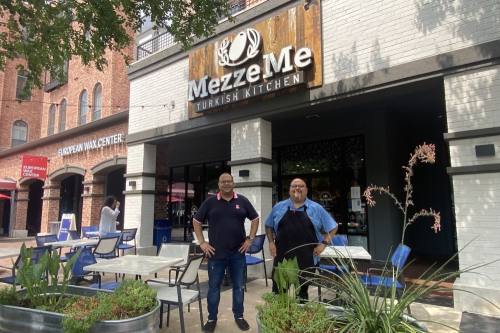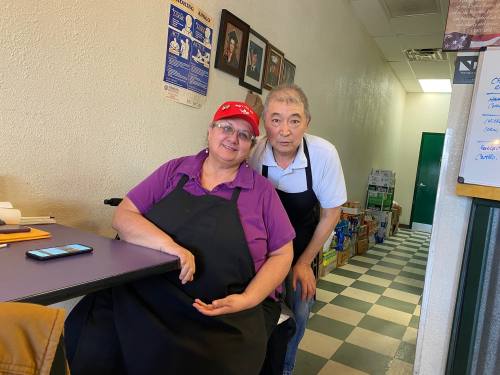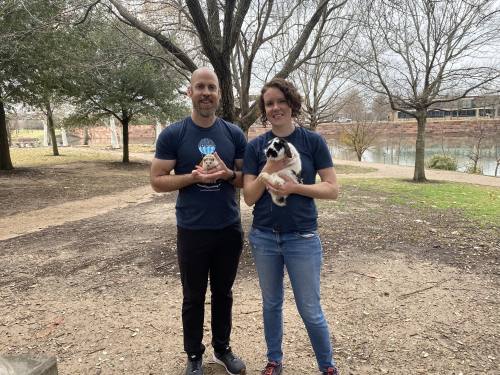Bellaire | Meyerland | West University
Meyerland Plaza Chick-fil-A to temporarily close for renovations
Chick-fil-A in Meyerland Plaza will be going through renovations, according to the owner, which will require the location to close for at least six months.




















 Be the reader to
Be the reader to 